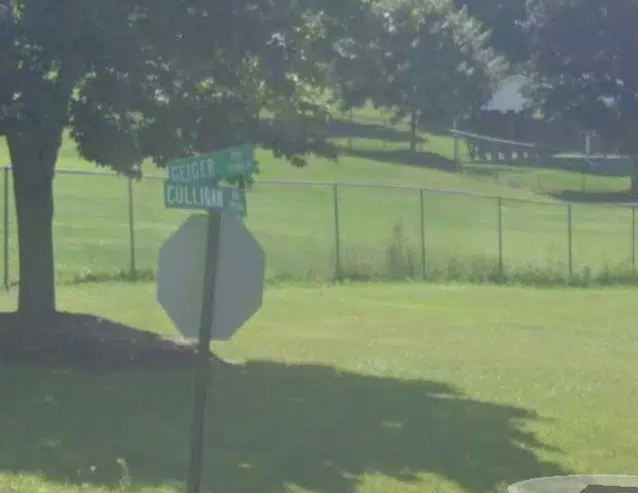
Emergency crews are working at the site of a serious collision between a train and a coal truck in Somerset County, PA. The incident occurred Monday afternoon along the 200 block of Culligan Road, prompting immediate response from local first responders.
Aerial footage from Pittsburgh's Action News 4 revealed significant damage, with part of the train derailed and the coal truck resting over a hillside near the tracks. Officials confirmed that the truck caught fire following the crash, adding to the intensity of the situation.
Two individuals were transported to the hospital for treatment. Their conditions remain unknown at this time.
In a statement, Pennsylvania State Police announced that Stoystown Road is closed in both directions at Culligan Road. PennDOT has implemented detours to redirect traffic as of 4:30 p.m.

When tragedy strikes in the form of a train accident, victims and their families are often left with questions about their rights and how to move forward. Following the recent collision in Somerset County, Pennsylvania, experienced train accident attorney Guy D’Andrea shares important information about the legal recourse available to those injured and the steps victims can take to hold negligent parties responsible.
Editor Darla Medina: In cases like this, where a train and a coal truck collide, what legal rights do injured victims typically have?
Attorney Guy D’Andrea: Thank you for having me. Victims injured in incidents involving trains have the right to seek compensation for their losses, which can include medical expenses, lost wages, and pain and suffering. These types of accidents often involve complex investigations to determine what caused the collision and who is responsible, but the law provides a path for victims to hold negligent parties accountable through civil litigation.
Medina: What kind of negligence might be involved in accidents like this?
D’Andrea: Negligence can take many forms. For instance, a truck driver may have failed to follow traffic rules, or a train operator might have been distracted or improperly trained. Additionally, liability could extend to companies responsible for maintenance of the train, tracks, or vehicles involved, as well as entities overseeing safety measures at railroad crossings. Each case is different, but identifying the root cause is key to building a claim.
Medina: If victims want to take legal action, what steps should they prioritize?
D’Andrea: The first step is to focus on recovery and gather documentation, such as medical records, accident reports, and photographs of the scene if possible. It’s also important to consult with an attorney experienced in train accident cases to evaluate the specifics of their situation and discuss the best course of action. Time is a critical factor since evidence can degrade and legal deadlines, known as statutes of limitations, vary by state.
Medina: How can victims ensure negligent parties are held accountable?
D’Andrea: Accountability is achieved through thorough investigation and legal action. Attorneys work with experts to analyze evidence, including black box data from trains, maintenance logs, and eyewitness accounts. By presenting a strong case in court or negotiating with insurance companies, victims can pursue justice and secure compensation for their damages.
Families of those injured in train collisions deserve answers and support during this challenging time. Understanding your legal options is an important part of the recovery process. Our experienced team is here to help you navigate your case and fight for the compensation your family deserves. Contact us today for a free consultation and let us advocate for your rights.
 info@legalherald.com
info@legalherald.com